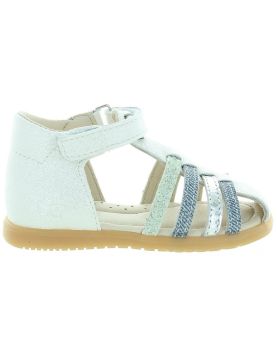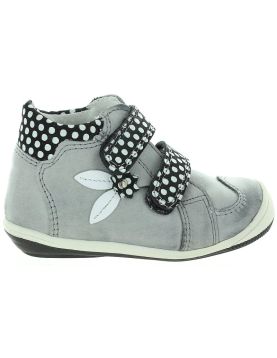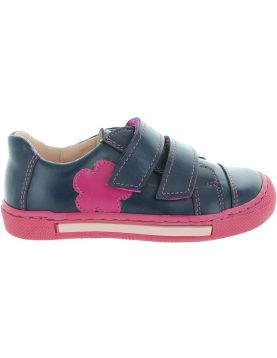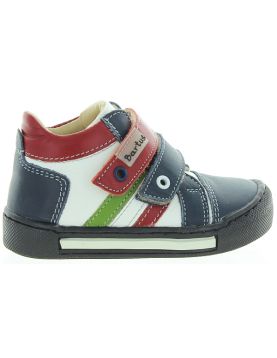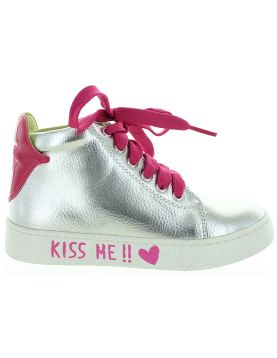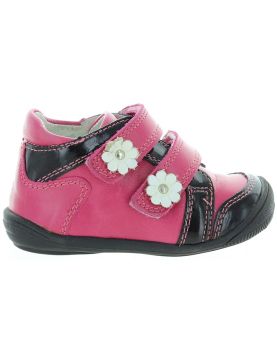Filter
Child foot pronation occurs when toddlers ankles roll in and toddlers walk on the inner border of their feet. This is often accompanied by flat feet and can cause discomfort in the arches and ankles. Excessive pronation affects posture and may lead to pain in knees, back, shoulders, and legs over time.
Pronated ankle shoes make it difficult for toddlers to walk properly, leading to calluses, blisters, and foot or leg pain. Proper orthopedic shoes that cover the ankles stabilize the feet and prevent deformities. Major causes of overpronation in kids include low-quality shoes without ankle support or poorly designed soles.
Why Pronation Develops in Children
Pronation in kids is often due to the natural, temporary development of their arches, but can also be caused by hereditary factors, ligament laxity, or certain medical conditions. Treatment ranges from conservative options like supportive shoes, orthotics, and physical therapy to more involved surgical procedures for severe or painful cases that don’t improve with age. Most cases improve on their own, but a doctor should be consulted if a child over age five has pain, difficulty walking, or other issues.
Causes of Pronation
- Normal development: Most children have flat feet initially, and the arch develops over time as they grow.
- Heredity: A family history of flat feet or pronation is a common cause.
- Ligament laxity: Looser ligaments and tendons can lead to joints not being aligned properly, which can cause the foot to pronate.
- Medical conditions: Less common causes include congenital defects, cerebral palsy, muscular dystrophy, and conditions like tarsal coalition (where bones in the foot fuse).
- Other factors: Obesity can worsen pronation by putting more stress on the feet.
Treatment Options
- Supportive footwear: Wearing supportive or motion-control shoes can help correct pronation.
- Orthotics: Arch supports or custom orthotic inserts provide stability.
- Physical therapy: Exercises strengthen the arch and correct gait issues.
- Rest and activity modification: Avoid high-impact activities and allow the body to rest to reduce pain.
- Pain management: Over-the-counter pain relievers can be used for discomfort.
- Weight management: If a child is overweight, a doctor may recommend a structured weight loss plan.
Orthopedic Solutions for Pronation
European orthopedic shoes are designed to correct pronation with:
- High-quality leather construction
- Good ankle and heel support
- Orthopedic arch built into the sole
- Flexible, traction-enhanced soles
- Antibacterial and sweat-absorbing insoles
Recommended footwear includes toddler shoes for weak ankles, toddler boots for overpronation, and ankle-high sandals for pronation. Consistent use ensures gradual correction of foot alignment and strengthens growing feet.
Benefits of European Orthopedic Shoes
- Reinforced heel support and ankle stabilization
- Proper arch support to reduce pronation
- High-quality, breathable leather for comfort
- Flexible soles for walking, running, and playing
- Prevention of flat feet, pigeon toes, and other foot deformities
Why European Footwear Works
European orthopedic shoes are certified by the European Orthopedic Ministry of Health and considered essential for children’s health. High-quality construction ensures long-term benefits, while low-cost footwear from China or other countries often lacks support and may deform feet over time.
Investing in proper orthopedic shoes early ensures correct foot development, alignment, and healthy posture for your child.

